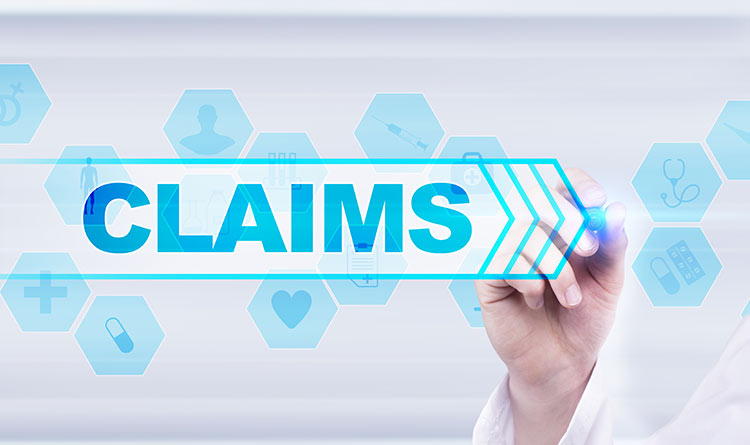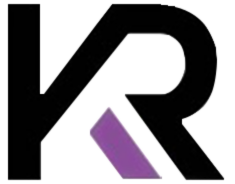
Many healthcare professionals are highly knowledgeable in practicing medicine but have no experience in the administrative processes of medical billing. In conjunction with the ever-changing nature of medical codes, this lack of understanding can complicate the claim submission process in the long term. This could also result in a delay in reimbursement by the insurer or in some cases, claims denial, which can affect the cash flow and revenue of your healthcare practice.
Claims scrubbing is a service offered by most third-party revenue cycle management companies as a useful way to help you submit cleaner claims and receive faster pay-outs while reducing the amount of workload for your staff. If you’re interested to find out more about claims scrubbing, read on to understand what this process entails and why you should invest in it.
What Does Claims Scrubbing Mean?
Claims scrubbing is a process that reviews the data entered into the claim submission to check for any potential error and to ensure all information is accurate. This is a critical step in the medical billing process and is usually done before submitting the claim to the insurance company. This increases the likelihood of first-pass submission and reduces the chances of claims denial.
During this step, some of the information checked includes medical codes, medical history and treatment information, patient’s demographics (age, gender, occupation), and healthcare credentials and information. When these details have been verified and determined to be accurate, the claim will be submitted. This process is particularly helpful when detecting trivial mistakes such as misspellings of names, outdated medical codes, incorrect policy numbers, and more. In addition, by maintaining a clean claim rate submission, your practice gets to enjoy increased cash flow and revenue.
The Role of Coding in Medical Billing
Coding plays an integral role in the medical billing process as it provides the critical information that the insurance company needs to decide whether to accept or deny the claim. In addition, these codes are standardized and used as shortcuts to cut down the need to explain the patient’s diagnosis, condition, treatment, and equipment administered.
However, this also raises another important issue. Currently, there are over 3,000 procedure codes and 13,000 diagnosis codes, not including CPT (Current Procedural Terminology) and HCPCS (Common Procedure Coding System), which means there is a high chance of committing errors. Additionally, the constant revision of the coding standards and rules also exacerbates healthcare providers’ challenge to submit a clean claim.
Therefore, this makes it more important that claims scrubbing is done to review, identify, and rectify any inaccuracies, errors, and mistakes before sending the document to the insurer. This would make a significant difference in increasing your clean claim submission rate in the long term.
Technology and Automation in Claims Scrubbing
With the advancement of technology, many billing processes, including claims scrubbing, have been automated to reduce the opportunities for human errors and cut down the time and human resources needed to check through claims manually. In addition, many third-party companies utilize technology and various software to perform claims scrubbing to thoroughly check through the claim documents for any errors in the technicalities before they are sent to the insurer. This would benefit many healthcare professionals as they can truly focus on offering personalized, high-quality service to the patients.
Engage Our Claims Scrubbing Services Today!
At KR Billing Solutions, we understand the challenge healthcare providers face in navigating through the increasingly complex landscape of medical billing. We specialize in many medical billing services, including Claims Scrubbing and Submission, to save your organization, patients, and their insurance company valuable time and effort. Our team is committed to helping you achieve high clean claims submission rates and maximizing your revenue and cash flow management, allowing you to truly focus on providing your patients the best care they deserve.

Many healthcare professionals are highly knowledgeable in practicing medicine but have no experience in the administrative processes of medical billing. In conjunction with the ever-changing nature of medical codes, this lack of understanding can complicate the claim submission process in the long term. This could also result in a delay in reimbursement by the insurer or in some cases, claims denial, which can affect the cash flow and revenue of your healthcare practice.
Claims scrubbing is a service offered by most third-party revenue cycle management companies as a useful way to help you submit cleaner claims and receive faster pay-outs while reducing the amount of workload for your staff. If you’re interested to find out more about claims scrubbing, read on to understand what this process entails and why you should invest in it.
What Does Claims Scrubbing Mean?
Claims scrubbing is a process that reviews the data entered into the claim submission to check for any potential error and to ensure all information is accurate. This is a critical step in the medical billing process and is usually done before submitting the claim to the insurance company. This increases the likelihood of first-pass submission and reduces the chances of claims denial.
During this step, some of the information checked includes medical codes, medical history and treatment information, patient’s demographics (age, gender, occupation), and healthcare credentials and information. When these details have been verified and determined to be accurate, the claim will be submitted. This process is particularly helpful when detecting trivial mistakes such as misspellings of names, outdated medical codes, incorrect policy numbers, and more. In addition, by maintaining a clean claim rate submission, your practice gets to enjoy increased cash flow and revenue.
The Role of Coding in Medical Billing
Coding plays an integral role in the medical billing process as it provides the critical information that the insurance company needs to decide whether to accept or deny the claim. In addition, these codes are standardized and used as shortcuts to cut down the need to explain the patient’s diagnosis, condition, treatment, and equipment administered.
However, this also raises another important issue. Currently, there are over 3,000 procedure codes and 13,000 diagnosis codes, not including CPT (Current Procedural Terminology) and HCPCS (Common Procedure Coding System), which means there is a high chance of committing errors. Additionally, the constant revision of the coding standards and rules also exacerbates healthcare providers’ challenge to submit a clean claim.
Therefore, this makes it more important that claims scrubbing is done to review, identify, and rectify any inaccuracies, errors, and mistakes before sending the document to the insurer. This would make a significant difference in increasing your clean claim submission rate in the long term.
Technology and Automation in Claims Scrubbing
With the advancement of technology, many billing processes, including claims scrubbing, have been automated to reduce the opportunities for human errors and cut down the time and human resources needed to check through claims manually. In addition, many third-party companies utilize technology and various software to perform claims scrubbing to thoroughly check through the claim documents for any errors in the technicalities before they are sent to the insurer. This would benefit many healthcare professionals as they can truly focus on offering personalized, high-quality service to the patients.
Engage Our Claims Scrubbing Services Today!
At KR Billing Solutions, we understand the challenge healthcare providers face in navigating through the increasingly complex landscape of medical billing. We specialize in many medical billing services, including Claims Scrubbing and Submission, to save your organization, patients, and their insurance company valuable time and effort. Our team is committed to helping you achieve high clean claims submission rates and maximizing your revenue and cash flow management, allowing you to truly focus on providing your patients the best care they deserve.




Recent Comments